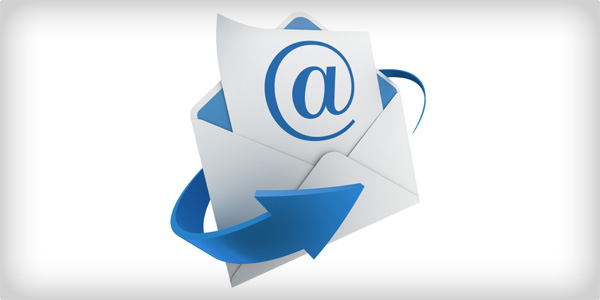Beta Testing is a Smart Tactic for Your Marketing Team
Beta testing your product before your official launch is a no-brainer, right?
You want your product to meet your customer’s’ needs and their expectations, and to do that with as few hiccups as possible. That requires significant testing: in-house first, and then with actual users in real-world settings.
But beta testing is just as valuable for your marketing plan as it is for developing and refining your product. It can connect you with a loyal customer base before your product even hits the market, build buzz around your product, and give you a better sense of how your planned marketing campaigns may play out. Here are a few ways beta testing is a smart tactic for your marketing team, not just R&D.
1. Refine Your Marketing Strategy
Just as beta testing provides you with feedback about your product (allowing you to integrate that feedback and refine your product), it also tells you a lot about your marketing strategy. In a market test, you run the same campaigns you have planned for the full launch of your product on a smaller scale—in a specific geographic location, for example, or on one social media channel.
Look at the analytics and audience responses you collect in market testing to tweak the wording, visual and design elements (such as clickable call-to-action buttons and streamlined navigation), or deployment strategies of your marketing campaigns. This will help ensure that your campaigns are successful when you reach out to a wider audience.
2. Gain an Engaged, Excited Audience
With their fingers on the pulse of what’s hot and new, beta testers are typically very industry-savvy. They are excited to be a part of testing the very newest products and having a small part in shaping them. And if your product is great, you will win them over from tester to long-term customer.
If your beta test happens before you have much in the way of tech support, F.A.Q., or tutorials, testers will want to communicate with each other about their experiences (good and bad) with your product. They can help teach each other about features and ways to maximize your product’s usefulness to them—valuable feedback for you as you continue to refine your offering. A tester forum or community can also encourage your testers to stick with you after launch, since they have built a network around your product they won’t want to abandon.
3. Collect Target Audience Data From Your Beta Testing Group
As you solicit feedback about your product in beta tests, you can also collect valuable information on your user demographic. Surveys and interviews of your testers can give you a snapshot of your ultimate audience. You can use this info to tailor your tests to specific focus groups and track the responses from group to group. Tools such as Erli Bird, CenterCode, and Beta help your company connect with early adopters, target testing groups, and track demographics.
If a wide range of testers sign up to be part of your trial, you may also discover an unexpected interested audience you hadn’t previously considered—a demographic or location outside of your original target audience.
4. Create a Sense of Exclusivity
Take a page from the successful growth hacking of companies like Pinterest: try beta testing by invitation to build an aura of exclusivity around your product. Initially, Pinterest was invitation-only, with a wait-list of interested users excitedly waiting to get a chance to try it. Artificially restricting the supply of your product in this way increases its cache—and the demand for it. Everybody wants to be a VIP!
If your company has an established audience but you’re launching a new product or service, reach out to current customers. Since you already have a relationship with them, they are more willing to volunteer their time and feedback to help you develop your latest app or gadget. And by inviting them personally to be a part of the beta testing process, you make them feel like a respected and honored insider.
5. Begin Generating Buzz
Another tip from growth hacking: invite industry influencers to participate in your private beta test. By including big names in your beta test and encouraging them to share their thoughts with their own networks, you can get publicity and widen your audience while developing relationships with long-term brand ambassadors.
What You Can Do Right Now
Beta testing can give your marketing a powerful boost. Here are a few tips to get you started today:
- Identify some potential demographics of testers, remembering that current customers may be some of your best bets.
- Research existing beta testing platform such as Erli Bird, CenterCode, and Beta (which have a variety of services and features depending on your goals) to see whether one of these tools will meet your beta testing needs.
- Begin seeking out influential voices—experts, celebrities, and thought-leaders in your industry who might be interested in testing your product or service, particularly if they would be willing to share it with their networks.


